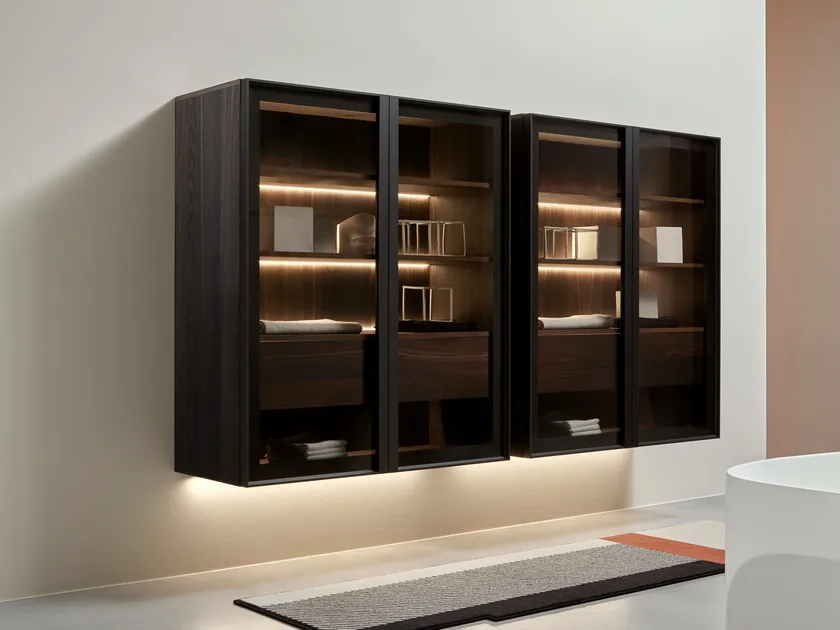Understanding the Power of Realism
Mannequins serve as silent sales associates, showcasing how garments drape, move, and fit on a three-dimensional form. By opting for a realistic female mannequin, retailers bridge the gap between product and consumer, making it easier for shoppers to envision themselves in the clothing. Unlike abstract or headless forms, lifelike mannequins capture attention through natural postures, facial features, and proportions, fostering an emotional connection that translates into higher engagement and improved conversion rates.
Selecting the Right Mannequin for Your Brand
Not all mannequins convey the same message. Before investing, consider your target demographic—age range, body shapes, and style preferences. A high-end boutique might opt for a sculpted, detailed form with neutral makeup and customizable wigs, while a youth-oriented retailer could select more dynamic poses and trend-driven features. Material choices also matter: fiberglass mannequins offer crisp details and durability, whereas high-density foam models allow for easy pinning and re-styling. Whatever you choose, ensure the proportions reflect the sizes you stock, avoiding unrealistic body shapes that could deter customers.
Crafting Engaging Poses and Arrangements
Static, symmetrical poses can feel stagnant. Introduce subtle asymmetry—shifting a hip, bending a knee, or tilting the head—to suggest movement and personality. Pair multiple mannequins in coordinated “outfits of the day” to tell a story: one figure might model a complete ensemble, while another displays layered accessories. Position mannequins at varying heights—using risers or platforms—to create depth and draw shoppers’ eyes along a visual path. This dynamic arrangement encourages customers to move closer, examine details, and imagine themselves adopting the featured style.

Styling for Maximum Impact
Attention to detail in dressing mannequins pays dividends. Begin with well-pressed garments, ensuring seams align neatly at shoulders and hems fall at the intended length. Use discreet clips or silicone straps to secure clothing without damaging fabric. Accessories—scarves, belts, jewelry, and handbags—complete the look and often prompt additional purchases. For seasonal merchandising, swap accessories first; a simple change from lightweight scarves to chunky knit hats signals a new collection without re-outfitting each mannequin entirely. Rotating scarves or statement necklaces also keeps regular visitors intrigued.
Optimizing Lighting and Backdrops
Even the most perfectly styled mannequin can be overlooked without proper illumination. Position adjustable spotlights or track lighting slightly above and angled toward the mannequin’s face and torso to create soft highlights and shadows that emphasize contours. Avoid harsh overhead fluorescents that can wash out colors and create glare on glossy surfaces. Consider using neutral or subtly textured backdrops—such as fabric panels or painted walls—that contrast with the clothing palette. A warm-toned backdrop accentuates earthy hues, while cooler tones highlight vibrant, bold pieces. When mannequins are placed near windows, use sheer curtains or UV-filtering film to diffuse direct sunlight and prevent fabric fading.
Placing Mannequins Strategically
High-impact positions include window displays, entry vestibules, and near promotional signage. A single well-dressed figure in the window can arrest pedestrian attention, while a group of mannequins inside draws foot traffic deeper into the store. Near fitting rooms, place a mannequin showcasing the most popular size and style to reinforce purchase confidence. In department stores, coordinate mannequins between adjoining brands—positioning them back-to-back or on shared podiums—to create a seamless, aspirational gallery that encourages cross-shopping.
Maintaining Mannequin Appeal
Regular upkeep keeps mannequins looking fresh. Dust fiber- or plastic-based surfaces weekly using a soft, lint-free cloth. Inspect joints and stands for stability; tighten screws or replace worn connectors to prevent wobbling. Rotate styles every two to three weeks based on sales data—frequent refreshes signal new arrivals and help prevent display fatigue. For floral or textile mannequins, swap wigs or adjust makeup accents seasonally to reflect current trends. When storing out-of-season forms, cover them in breathable cloth to protect against dust and ensure they’re ready for the next cycle.
Leveraging a Realistic Visual Anchor
To seamlessly integrate lifelike presentation into your retail environment, consider investing in a high-quality realistic female mannequin. Its detailed features, adjustable limbs, and customizable finishes allow for rapid styling changes and enduring visual appeal. By choosing mannequins that mirror the body types and fashion sensibilities of your clientele, you create authentic experiences that drive sales, inspire confidence, and reinforce brand identity.
Implementing these visual merchandising strategies—selecting the right mannequin, crafting engaging poses, optimizing lighting, and maintaining regular updates—ensures that your apparel appears irresistibly alligned with customer aspirations. A well-executed display using realistic mannequins not only elevates the shopping environment but also motivates consumers to translate inspiration into action.

